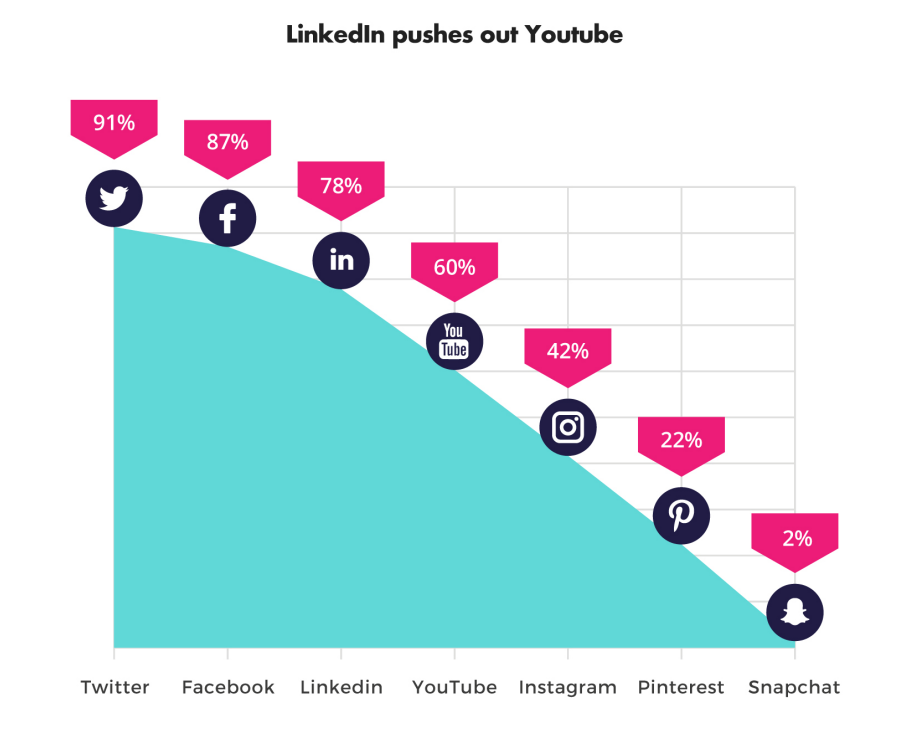The 2018 edition of Zazzle Media’s State of Content Marketing Survey has revealed a number of interesting insights into how marketers are approaching the issue of content, and how attitudes towards content have evolved in the space of just one year.
Here, we pick out five of the key findings.
Most agree that content is a key part of their marketing strategy…
Three out of every five respondents agreed with the statement that content was a “key part” of their marketing strategy, a slight increase on the previous year and an indication that brands were thinking more openly about how they can utilise content across their marketing strategy.
And whilst the proportion of marketing budget being dedicated to content remained the same, at 23%, what is telling is that 85% of those surveyed expected that to increase in the coming year. More than half of those surveyed (52%) said that they expected a “significant” increase in the level of budget being invested into content.
… But four in five are still struggling with “best practice”….
Of course, there is a “but”. Whilst more resource is being invested in content marketing, only one in five of those surveyed believed that they understood the “best way” to run a content marketing campaign.

This actually represents an improvement from last year’s survey, when that figure was closer to one in ten, but it is still notable that despite the drive to increase investment in content, many still appear unsure as to how to make best use of that investment.
The number of people claiming to be “not clear at all” on how to execute a content marketing plan actually increased from 15% to 18% in this year’s survey.
A large part of that confusion or lack of confidence may be in the difficulties that content marketers are reporting when it comes to the effectiveness of their campaigns. When asked about the challenges that they faced with their content strategies, 42% of those surveyed said that “measuring ROI” was their biggest headache.
… And fewer marketers believe that content strategies are aligned to wider business goals.
The seeming lack of confidence from content marketers that comes from the survey may also be explained by a sense that content marketing strategies are not necessarily aligned to wider business goals and objectives. Less than half (45%) of the people surveyed believed that their content marketing strategy is linked to all other parts of the business.
When we asked those in our survey about their key goals for their company’s investment in content, short-term objectives are much more to the fore than they were twelve months ago. Lead generation is now the third most important metric, with 54% citing it as a key goal.

However, whilst lead generation tends to be a relatively short-term metric that tend to be measured in a very binary fashion, the leading priorities for content marketers tend to be much more subjective metrics – brand awareness and engagement. The contrast of these priorities against hard sales-focused metrics may go some way to explaining the level of uncertainty that many content marketers appear to have when it comes to the effectiveness of their campaigns.
Read More: Complete Content – A new way to harness the power of content
LinkedIn overtakes YouTube as a content distribution platform.
LinkedIn has now overtaken YouTube to become the third most-used social content distribution platform, with 78% claiming to use the platform to promote their content and 45% using LinkedIn’s paid services to promote content.
The growth of LinkedIn as a distribution channel is driven in part by an increased investment in content from B2B marketers.
The number of those surveyed claiming to use YouTube on a regular basis actually fell by 10% to 60%.

Despite video content growing in popularity, only 59% of those who responded claim to regularly use video within their content marketing strategy. By comparison, forms of content that are more easily promoted via Twitter, Facebook and LinkedIn, such as written blog content, continue to be the most common forms of content marketing.
Skills and resource remain the key barriers to content investment.
Part of the reason why marketers appear to be turning away from YouTube as a distribution channel may be due to the scale of resource and skills that are needed to produce video content.
When we asked for the main reason why companies aren’t investing more in content marketing, skills and resource shortages were the two biggest challenges. Around 45% cited challenges with resource, finding skills or that content production was too time consuming.

When marketers continue to face challenges facing human resource, equipment or time, it is understandable that they will gravitate to the mediums that are less resource-intensive. However, this may not be the most appropriate medium for the message that you are trying to convey.
Instead of letting your strategy be dictated by resource (or lack thereof), think about the role that content plays with your audiences, the most appropriate or effective ways to deliver your message, and build a better business case for the resource that you need to deliver that strategy.
Read more: What 100 Episodes of Digital Minute taught us about video content marketing
Get the full State of Content Marketing Survey by clicking here.


